Which of the following species is aromatic




The correct Answer is:B
To determine which of the given species is aromatic, we will follow the criteria for aromaticity. Aromatic compounds must satisfy the following conditions:
1. Cyclic Structure: The molecule must be cyclic.
2. Planarity: The molecule must be planar, allowing for p-orbitals to overlap.
3. Complete Conjugation: There must be a continuous overlap of p-orbitals around the ring.
4. Hückel's Rule: The molecule must have (4n + 2) π electrons, where n is a non-negative integer (0, 1, 2, ...).
Now, let’s analyze the options step by step:
Step 1: Identify the structure of each species
- Check if the species is cyclic and planar.
Step 2: Count the π electrons
- Count the number of π electrons in the cyclic structure.
Step 3: Apply Hückel's Rule
- Determine if the number of π electrons fits the (4n + 2) rule.
Step 4: Conclusion
- If the species meets all the above criteria, it is aromatic.
Example Analysis:
1. Species A: If it has 4 π electrons and is cyclic, it does not satisfy Hückel's rule (4n + 2) because 4 is not in the form of (4n + 2).
2. Species B: If it has 6 π electrons, it satisfies Hückel's rule (4n + 2) where n=1. Therefore, it is aromatic.
3. Species C: If it has 8 π electrons, it does not satisfy Hückel's rule (4n + 2) because 8 is not in the form of (4n + 2).
4. Species D: If it has 2 π electrons, it satisfies Hückel's rule (4n + 2) where n=0. Therefore, it is aromatic.
Final Answer:
Based on the analysis, the species that is aromatic is Species B (assuming it has 6 π electrons).
---
2. Planarity: The molecule must be planar, allowing for p-orbitals to overlap.
3. Complete Conjugation: There must be a continuous overlap of p-orbitals around the ring.
4. Hückel's Rule: The molecule must have (4n + 2) π electrons, where n is a non-negative integer (0, 1, 2, ...).
- Check if the species is cyclic and planar.
- Count the number of π electrons in the cyclic structure.
- Determine if the number of π electrons fits the (4n + 2) rule.
- If the species meets all the above criteria, it is aromatic.
1. Species A: If it has 4 π electrons and is cyclic, it does not satisfy Hückel's rule (4n + 2) because 4 is not in the form of (4n + 2).
2. Species B: If it has 6 π electrons, it satisfies Hückel's rule (4n + 2) where n=1. Therefore, it is aromatic.
3. Species C: If it has 8 π electrons, it does not satisfy Hückel's rule (4n + 2) because 8 is not in the form of (4n + 2).
4. Species D: If it has 2 π electrons, it satisfies Hückel's rule (4n + 2) where n=0. Therefore, it is aromatic.
Based on the analysis, the species that is aromatic is Species B (assuming it has 6 π electrons).
Topper's Solved these Questions
- HYDROCARBONSBOOK - ERRORLESSCHAPTER - HYDROCARBONSEXERCISE - PAST YEAR QUESTIONS
88 Videos
- HYDROCARBONSBOOK - ERRORLESSCHAPTER - HYDROCARBONSEXERCISE - ASSERTION & REASON
18 Videos
- HYDROCARBONSBOOK - ERRORLESSCHAPTER - HYDROCARBONSEXERCISE - NCERT BASED QUESTION (ALKYNE)
67 Videos
- GENERAL ORGANIC CHEMISTRY BOOK - ERRORLESSCHAPTER - GENERAL ORGANIC CHEMISTRY EXERCISE - ASSERTION AND REASON
14 Videos
- HYDROGENBOOK - ERRORLESSCHAPTER - HYDROGENEXERCISE - ASSERTION & REASON
6 Videos
Similar Questions
Knowledge Check
Which of the following species is not aromatic ?
A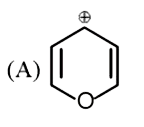 B
B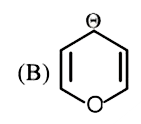 C
C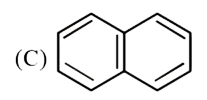 D
D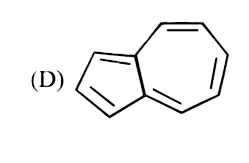
Which of the following species is not aromatic ?
A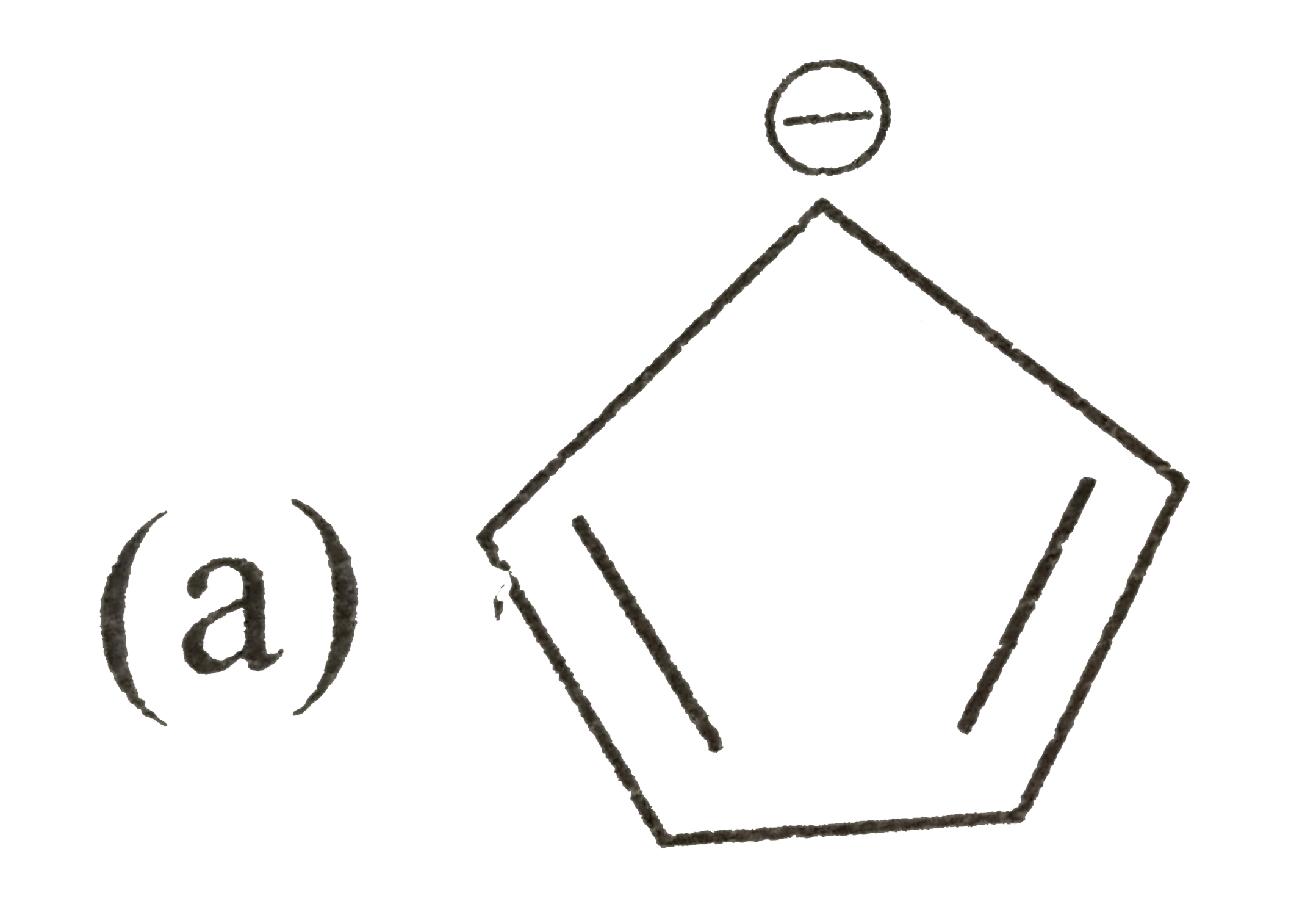 B
B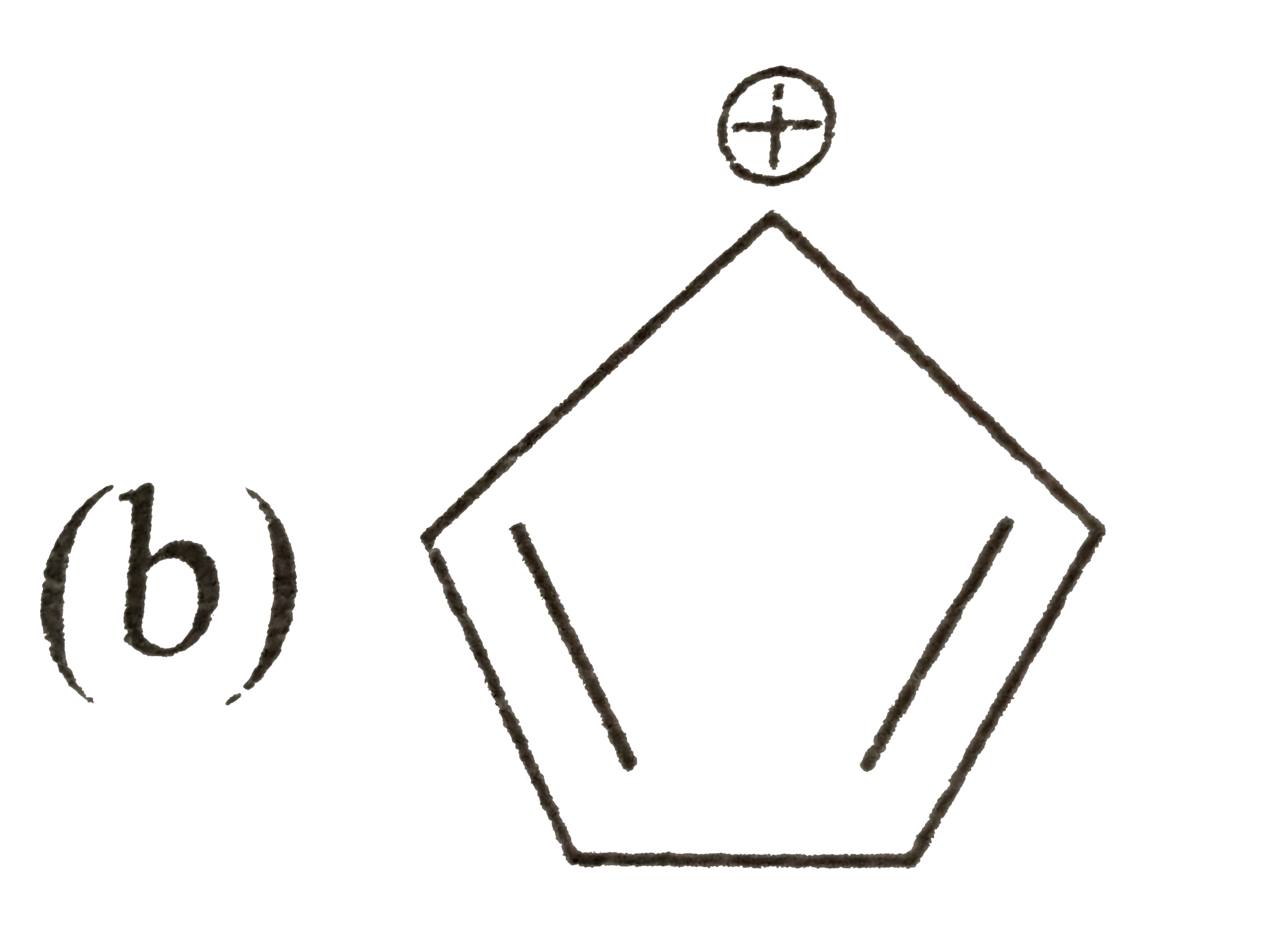 C
C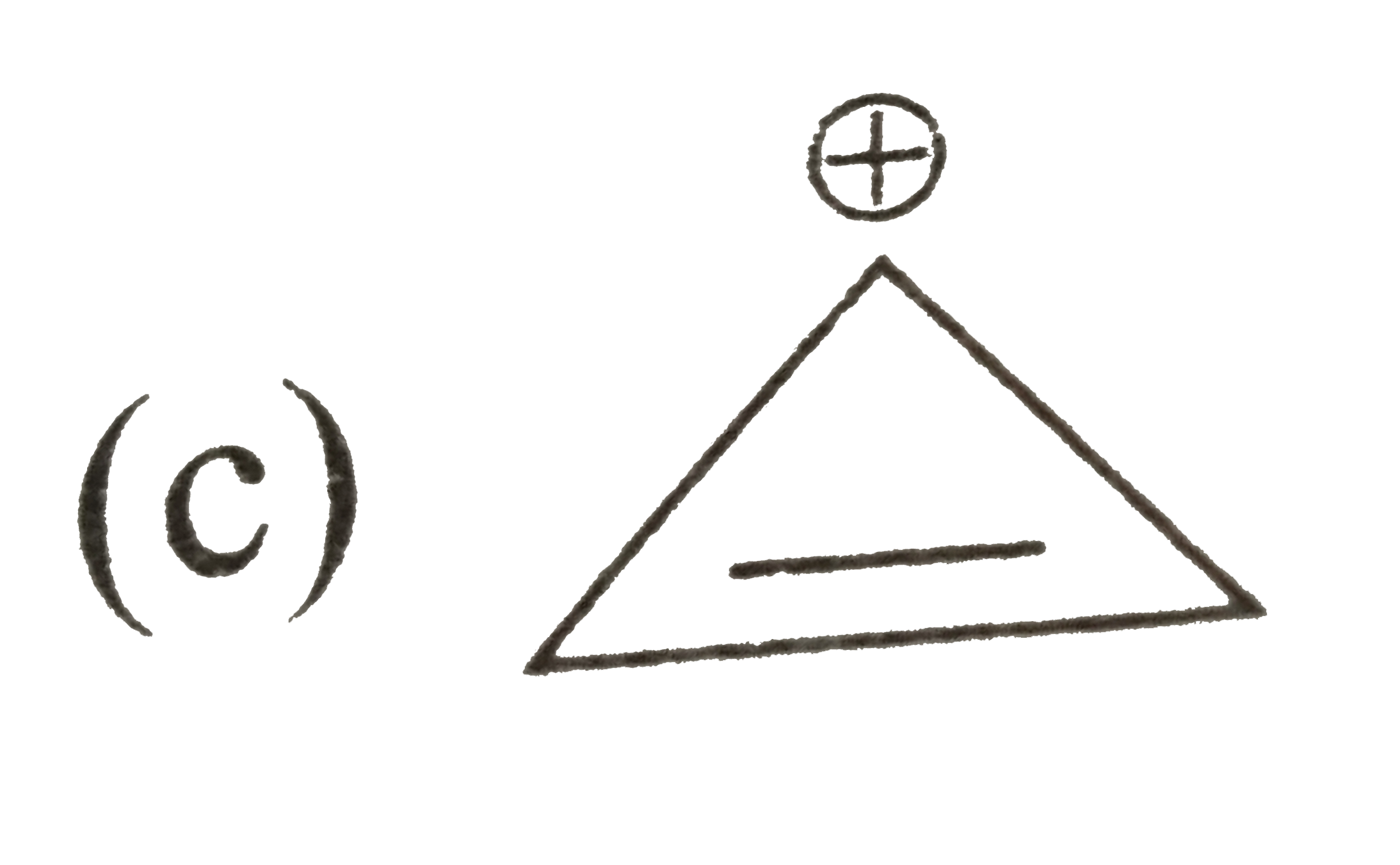 D
D
Which of the following structure is aromatic ?
 AStructures I and IIBStructure I onlyCStructures II onlyDStructure III only
AStructures I and IIBStructure I onlyCStructures II onlyDStructure III only
Which of the following is anti aromatic ?
View SolutionWhich of the following is an aromatic species ?
View SolutionWhich of the following species does not show aromaticity?
View SolutionWhich of the following is not an aromatic species ?
View SolutionWhich of the following is not an aromatic species ?
View Solution
